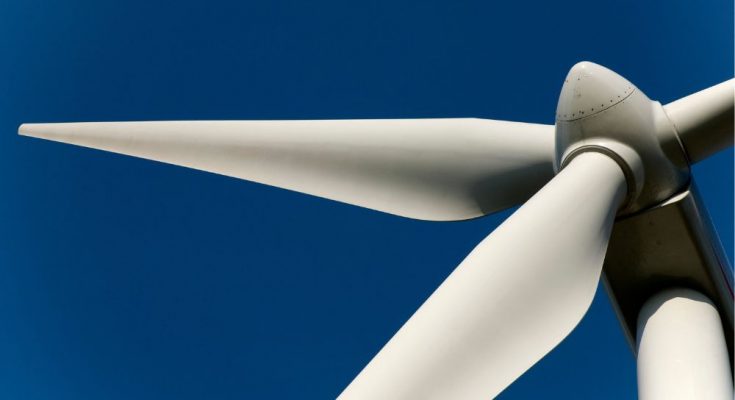Wind turbines are incredibly unique structures that are becoming more and more prevalent in our everyday lives. These spinning, massive structures are sustainable, renewable energy sources for all things requiring energy. Below, we discuss the different types of wind energy to help you understand the variances.
What Is Onshore Energy?
Onshore wind turbines pull energy from land structures and rely on gusts. Electric generation depends on weather conditions and the land. Generally, onshore wind energy produces a much lower power supply because the weather patterns and conditions around the farm are unpredictable and can experience a lull in gusty conditions.
Without ample wind, a turbine’s crank rates are significantly lower than necessary, which can hinder onshore production. Despite the unpredictability, there are still several advantages to onshore wind energy, including reduced environmental impacts and easier access for maintenance. There are several maintenance demands for onshore wind turbines that require consistent labor, from lubrication to electrical demands.
How Is Offshore Energy Different?
The key difference between onshore and offshore wind energy is the location. Offshore turbines are ocean based. Compared to onshore energy, offshore structures never experience a lull in wind because of the conditions at sea.
There is an increased wind speed offshore that cranks the turbines, and this helps produce power at an accelerated pace, which allows the turbine to store energy when there is an overage. Generally, offshore wind energy is more reliable for producers and companies, but the installation, maintenance, and nature of the job come with a greater price tag than onshore.
The Future of Wind Energy as a Whole
There are advantages and disadvantages to both onshore and offshore wind energy efforts, and because of this, the future can feel unpredictable. One thing engineers know with certainty is that there is an increased demand for wind farms because of the great push toward a greener future.
Onshore farms can power residential areas in a much simpler timeline. In contrast, offshore farms can aid in large-capacity power supplies and funnel mass amounts of energy quickly. We can expect to see wind energy grow tenfold in the near future, regardless of location.
The primary differences between onshore and offshore wind energy are relatively simple to understand. And when we hone in on the benefits, we can understand that they are both valuable in facing environmental issues and energy usage.



